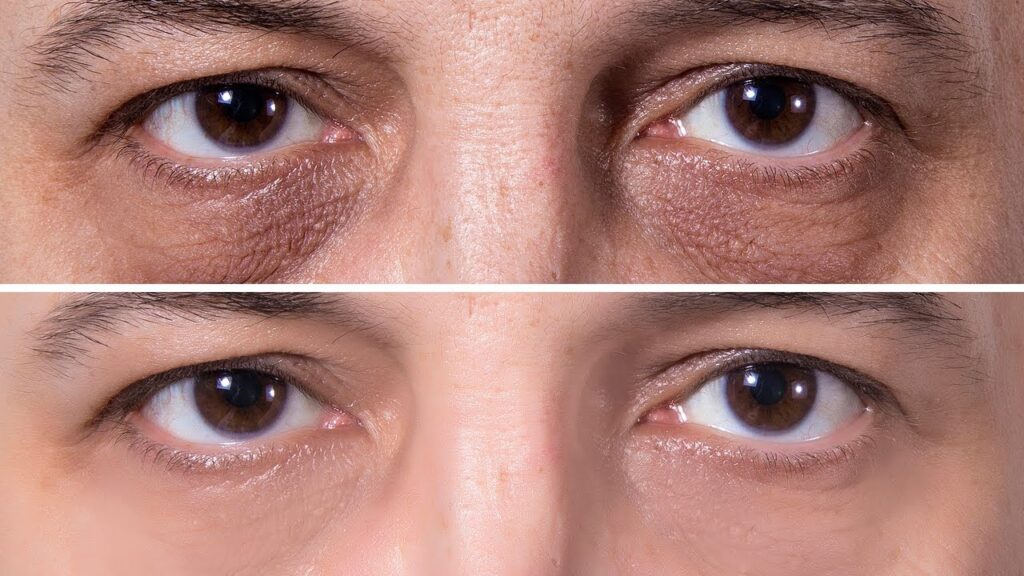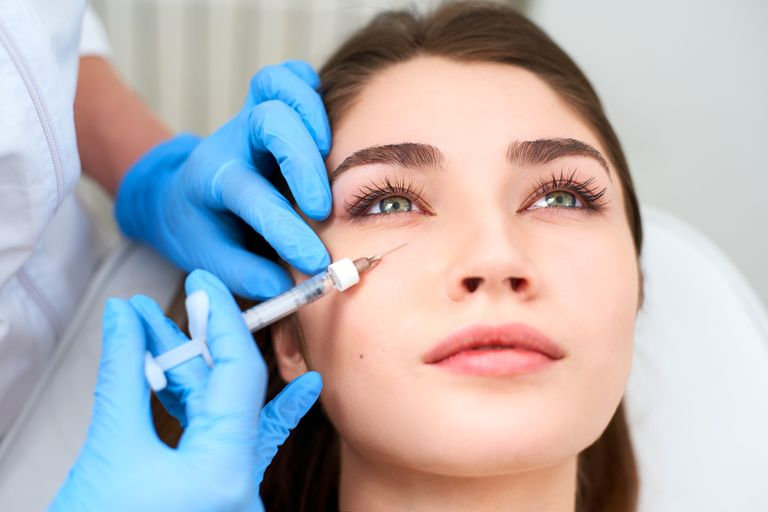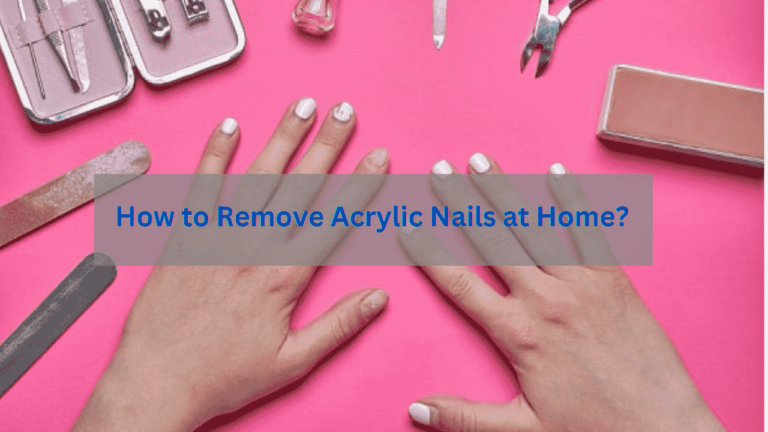Cosmetic Surgery for Under Eye Circles: The Definitive Guide
Dark circles around the eyes, sometimes referred to as cosmetic surgery for under-eye circles, can be a bothersome and ongoing cosmetic issue for many people. These ugly imperfections under your eyes might give you a tired, older appearance than you are. Even with the market flooded with creams, serums, and do-it-yourself solutions, some people may find that cosmetic surgery is the most reliable way to permanently eliminate under-eye circles.
We shall go into the world of under-eye circle surgery in this extensive tutorial. We will offer you all the knowledge you need to make an informed decision about improving your appearance, from understanding the reasons for under-eye circles to examining the many surgical procedures available.
1. What causes circles under the eyes?
It’s crucial to comprehend the initial causes of under-eye circles before looking into surgical options. Dark circles can develop due to several reasons, such as:
Genetics:
Genetics is one of the most important variables that can make you more likely to develop through cosmetic surgery for under-eye circles. You are likely to have them if your parents or grandparents did.
Age:
The skin around our eyes thins with age and collagen production declines. Dark circles may occur as a result of the visible blood vessels under the skin as a result of this.
Factors related to life:
A lack of sleep, excessive alcohol intake, smoking, and a high-salt diet can worsen under-eye circles. These lifestyle choices may exacerbate the issue by causing fluid retention and blood vessel enlargement.
2. Non-Surgical Solutions for Dark Circles Under the Eyes
It’s important to look into non-surgical options for treating under-eye circles before you consider surgery. Some people may respond well to these treatments, which include:
Topical Creams
Creams available over-the-counter and on a prescription that contains retinol, hyaluronic acid, and vitamin C can aid in lessening the look of dark circles.
Dermal fillers
Dark circles under the eyes can be temporarily lightened by using injectable dermal fillers.
Chemical Peels: A Brightening Method
Chemical peels are a promising approach for improving skin texture and balancing skin tone, which may indirectly help to lessen the visibility of under-eye circles.

3. Cosmetic Surgery for Under Eye Circles
Cosmetic surgery becomes a realistic alternative when non-surgical remedies fall short of your objectives. A variety of surgical options are available, each one catered to the severity of your under-eye circles and your particular needs.
Blepharoplasty (Eyelid Surgery)
Under-eye circles can be effectively treated with blepharoplasty, a frequent surgical treatment. With the careful removal of extra skin and fat from the eyelids with this surgical method, the face will appear smoother and younger. Blepharoplasty can be customized to fit your unique concerns and demands, whether the upper or lower eyelids need to be improved.
Fat grafting
The procedure of fat grafting, commonly referred to as fat transfer, is extracting extra fat from one area of the body and injecting it beneath the eyes. Dark circles will look less prominent and hollow spots will be filled in.
Resurfacing with laser
The skin under the eyes’ tone and texture can be improved with laser resurfacing. It may aid in lessening the appearance of blood vessels and pigmentation that cause dark circles.
4. Selecting the Best Surgeon
A trained and experienced surgeon is essential if you believe cosmetic surgery is the best course of action for you. Find board-certified plastic surgeons with experience doing facial operations and a documented track record of positive results.
5. Recovery and Aftercare
The recovery time following under-eye circle surgery varies depending on the procedure used. Although your surgeon will provide you with specific post-operative instructions, in general, you can anticipate some swelling and bruising that will progressively go down over a few weeks. For a rapid and successful recovery, it’s essential to heed your surgeon’s recommendations.
Conclusion
For many who have battled with this cosmetic issue, cosmetic surgery for under-eye circles has the potential to completely transform their lives. However, before to making a choice, it is crucial to thoroughly consider the risks and advantages and seek the advice of a trained surgeon. The objective is the same whether you go for surgery or non-surgical procedures: to revitalize your appearance and increase your confidence by permanently getting rid of those persistent under-eye bags.
FAQs
q 1- What kind of surgery is best for under-eye circles?
The particular demands and concerns of the patient frequently determine the optimal surgery for under-eye circles. However, blepharoplasty (eyelid surgery), which can remove extra skin and fat to provide a smoother appearance, is one of the most popular and efficient surgical treatments for treating under-eye circles.
Q 2- What cosmetic surgery can treat under-eye circles?
Fat grafting, laser resurfacing, and blepharoplasty are a few cosmetic treatments for dark circles beneath the eyes. Through blepharoplasty, extra skin and fat from the eyelids are removed to give them a more youthful appearance.
Q 3- Can bags under the eyes be removed by cosmetic surgery?
Yes, blepharoplasty, a type of cosmetic surgery, can successfully remove bags beneath the eyes by removing extra skin and fat.
Q 4- How painful is surgery for under-eye bags?
Surgery to remove under-eye bags is often not extremely unpleasant. During the treatment, local anesthetic and sedation are administered, and painkillers can be used to treat any discomfort that may develop later on.
Q 5- How can under-eye bags be permanently removed without surgery?
To get rid of under-eye bags permanently without surgery, options include dermal fillers, topical creams, and lifestyle changes like getting enough sleep, reducing salt intake, and staying hydrated. However, non-surgical options may provide temporary results.






